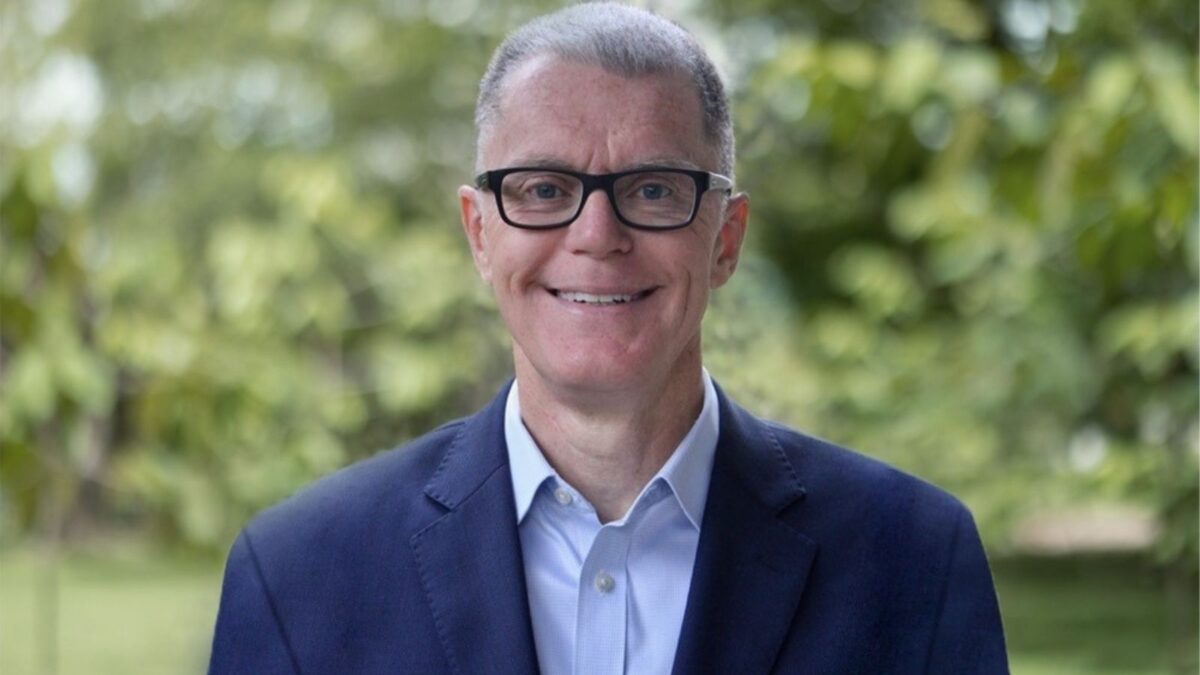The best place for renewable energy… and ignore Brexit
(pictured: Daniel von Preyss)
Renewable energy strikes a chord with institutional investors around the world, especially those in commodities-orientated countries like Australia. The questions, though, are not so much about ‘why’ but are rather: ‘how’, ‘how much’, ‘where’ and ‘when’. Daniel von Preyss of Impax Asset Management believes he has the answers.
The managing director in charge of the private equity infrastructure team at the specialist Impax AM, an affiliate manager of BNP Investment Partners, says there are currently “fabulous opportunities” in Europe, which is the second-largest market for renewable investment in the world, after China.
Forget the Brexit woes, at the bottom-up level at which private equity and infrastructure operate, it is all about the individual investment.
In renewables, Impax AM has hit on a formula which bypasses early-stage development and invests primarily during the construction and early delivery stage of each project. A typical investment will be for just two-three years, unlike most private equity and infrastructure strategies which run for seven years or more before investors can cash out.
Impax AM has produced a white paper called ‘An Attractive Case for EU Renewables’, which outlines the strategy and the broader picture for investing in projects such as wind and solar electricity generation. On a global scale, continental Europe is where the action is because most of the big Chinese projects are state owned and other countries such as Japan and the US (and, dare we say it, Australia) have been relatively slow to capitalise on the trend.
One of the issues for investors, von Preyss said on a visit to Australia last week, is that the renewable energy market is decentralised, or fragmented. Because the cost is assessed at point of consumption and electricity doesn’t transport well, projects tend to be small, often involving regional or local authorities.
In the European context, where Germany in particular is driving the renewable movement, there is an additional benefit from renewables of lessening reliance on Russian-produced gas, which is subject to political instability.
von Preyss says the three main drivers of the movement and subsequent investment opportunity are:
- environmental issues to do with reducing carbon production
- a reduction in reliance on energy importation, which is especially important in Europe, and
- getting the marginal cost of energy production down towards zero, which is possible with renewables but not traditional sources.
Impax has a team of engineers who tend to get involved in construction. “We have never invested in a project where the constriction failed or the costs got out of control,” von Preyss says.









